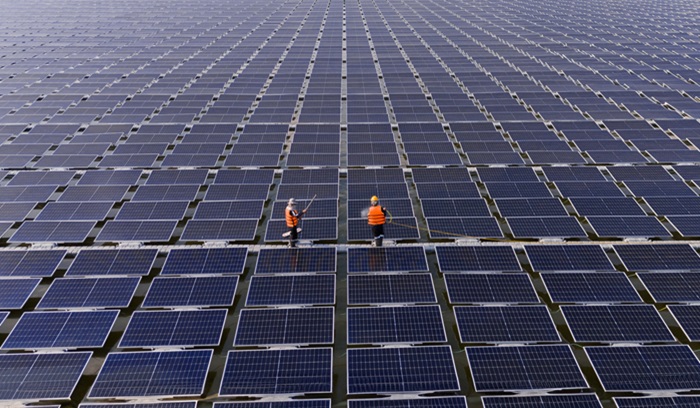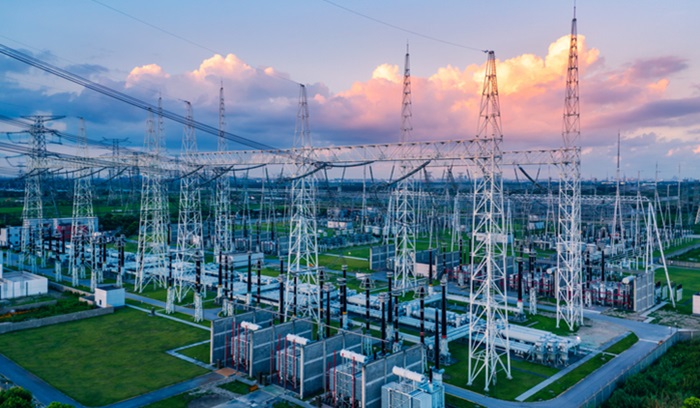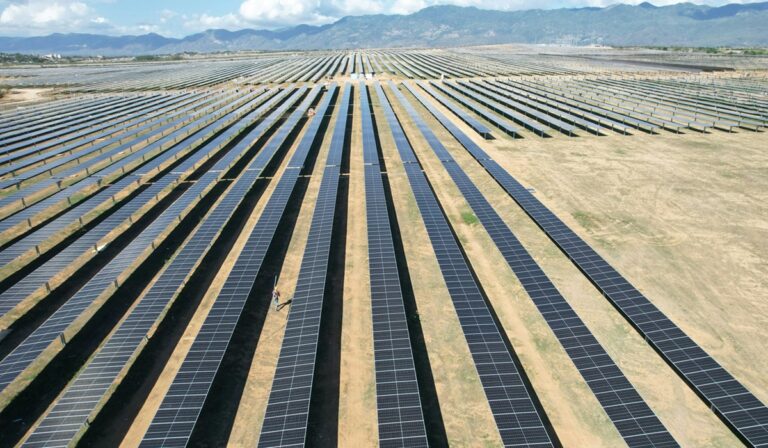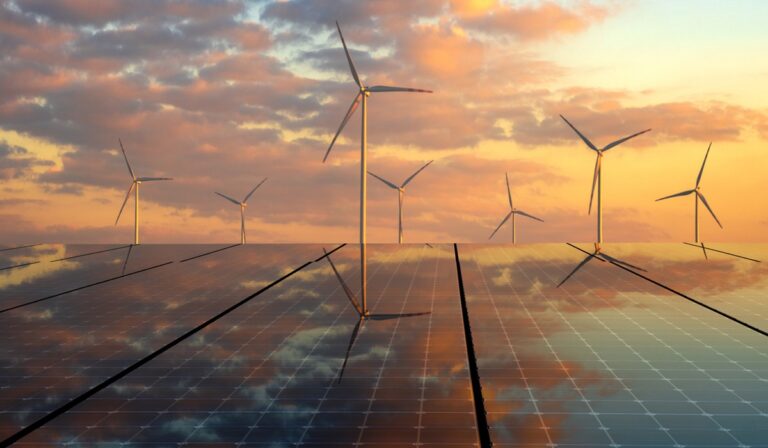German coal use plunges nearly 40% in 2024
In the first nine months of 2024, the consumption of hard coal in power plants to generate electricity fell by 39% compared to the same period the previous year. This was a result of an overall decrease in electricity generation, an increase in electricity production from renewables, and increased electricity purchasing from neighboring countries. Overall energy use also continued to fall and is set to reach a new annual record low since Germany’s reunification in 1990.
German coal use plunges nearly 40% in 2024 Read more










